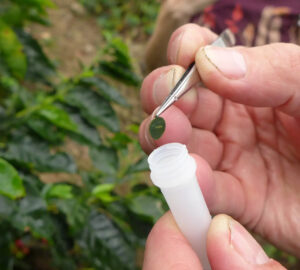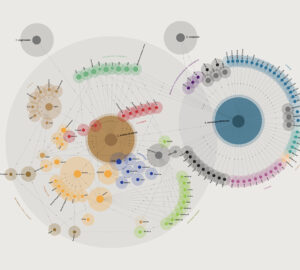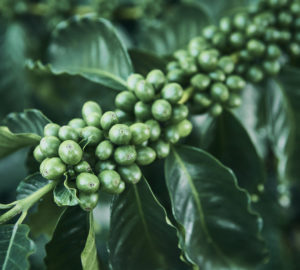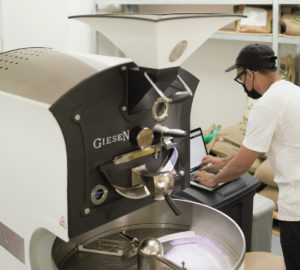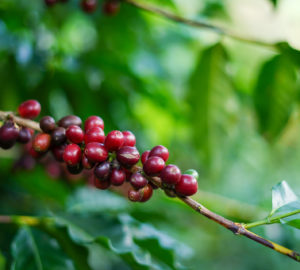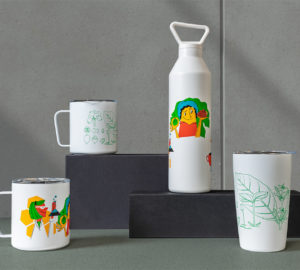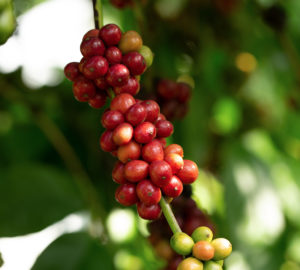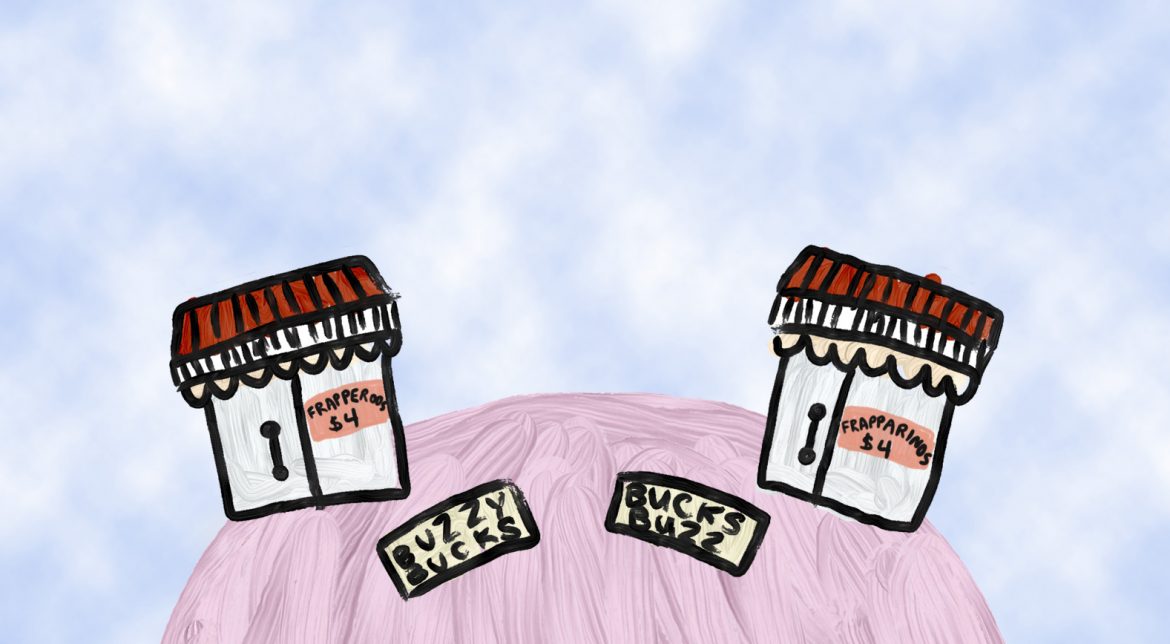
“Imitation is the sincerest form of flattery.”
Writer Charles Caleb Colton must have never met an intellectual property lawyer. But when does imitation become outright copyright or trademark infringement?
Intellectual property (IP) covers a lot of ground and is found in every aspect of the coffee value chain. From patenting coffee makers to trademarking blend names to granting plant breeders’ rights, IP’s reach is far and influential in coffee history.
In this three-part series, we’ll take a look at several angles of IP as it shows up in the coffee industry. To begin with, we’ll take a broad look at coffee IP’s international history and its most commonly seen cases. In the second part, we’ll explore how culture and social media blur the lines of influence and originality. And in the final piece, we delve into IP on a farm level.
Patents
IP’s global history began with the establishment of patent law in England in 1624, with the Statute of Monopolies. Two centuries later in Italy, Angelo Moriondo would be granted a patent for “New steam machinery for the economic and instantaneous confection of coffee beverage.” The new machine, combining water and steam, was presented at the Turin General Exposition in 1884 and was the precursor to the espresso machine.
Another notable mark in coffee patent history is the German invention of the first dripper and filter. In 1908, Melitta Bentz punctured a hole in the bottom of a pot, lined it with notebook paper, and created a way to filter out coffee grounds. The patent, “Filter Top Device lined with Filter Paper,” led to the Melitta company’s birth and the beginning of many new pour-over devices. Trend watchers will not be surprised to learn that every year, there continue to dozens of companies claiming to invent a new device for pouring water over coffee.
Nowadays, patents filed in one country may or may not be simultaneously filed in another country. While efforts have been made to make international filings easier and minimum requirements do exist for those who participate in Patent Cooperation Treaty, every country still determines and executes its own laws.
The US’s switch in 2013 from a “first-to-invent” system to a “first-inventor-to-file” system to match the rest of the world may see ripple effects in US coffee technology innovation. It no longer matters if you were the first to invent a new component in a coffee roaster. If someone else was working on a similar component and has the resources for a patent attorney, it becomes a race to file.
Trademarks
Patenting inventions is only one portion of IP. Trademark protection, which covers name and logo usage, is another major aspect and affects every coffee company.
When Minnesota’s Dogwood Coffee first began roasting, the company named its cold brew blend “Zamboni.” It was a love letter to their staff’s enjoyment of hockey and the machines that rule the rink. “We didn’t even make it through a full season before we received the cease-and-desist letter from [the] Zamboni [corporation],” says Dan Anderson, owner of Dogwood.
Luckily, Anderson was able to work out a licensing agreement and is now far more educated on the topic of IP. Looking back, he says the experience “really brought home the relevance of protecting your brand and trademarks. I think that definitely played a part in us figuring out our own protection.” Dogwood now goes through a thorough name vetting practice for each of their blends and subsequently registers the blend names as trademarks.
Blends take a lot of work and Anderson sees the trademark protection as a necessary step in the business process. “A lot of people can relate to how hard you worked to build knowledge of your company and your espresso blends,” he says. “Go ahead and take these steps to protect from potential confusion in the marketplace.”
It’s good business sense to research potential names before spending money on marketing and other collateral. Marshall Fuss, a California attorney specializing in the coffee industry, often advises his clients to be as unique as possible. “There’s a tendency for everybody to be looking at similar words. Perk this, drip that,” Fuss says. “The thing that I try to get across is that originality counts.” The more the name generically describes the product, like “cone dripper,” the less likely you’ll be approved for the trademark.
Once a trademark is registered, it’s still up to the business to enforce it. While it may seem daunting at first, says Nick Pearson, Financial Controller and General Manager at Dogwood, the company has been able to handle everything internally. Pearson has so far been able to handle infringements casually, first reaching out over email instead of going straight to a cease-and-desist letter. Most companies are understanding, but it becomes more difficult once a brand has invested in a name. He says, “Those are tougher and brutal for us because we don’t want to be the bad guy. But we also have to protect our brand.”
Copyrights
In the realm of copyright, issues of IP crop up frequently through day-to-day marketing efforts. Farah Bhatti, shareholder at US-based business law firm Buchalter, specializes in trademark prosecution and is the Chair of the firm’s Internet, E-Commerce, and Social Media Practice Group. Buchalter’s coverage includes all aspects of business law, including IP, and multiple industries. When asked about what she thinks are the major mistakes businesses make in operating online, Bhatti says the first one is “borrowing” images that are found online. She says, “People think, ‘I do a Google search, there’s an image there.’ [They think they] can just take it and use it.”
While the laws themselves are slow in incorporating new technology, Bhatti advises her clients based on analogies to when those laws were written. Before, a law would apply to magazines manipulating and republishing photos, she says, “Now it’s just cut and paste on a computer. But it’s still at the end of the day, the same thing. You’re taking somebody’s copyrighted material and you’re reproducing them without their authorization.”
The concept of using what you find on the internet and taking it is especially prominent on Instagram, where brands are often seen re-gramming other accounts. Without express permission from the original copyright holder, your regram with credit is still copyright infringement.
Bryan Schiele is known for his crisp and colorful images and is no stranger to having his images used without permission and/or credit. Schiele estimates he’s submitted over one hundred copyright infringement reports on Instagram over the last few years. “At one point I was seeing my photos used without credit or permission roughly a few dozen times a month,” says Schiele. Instagram’s guidelines clearly state copyright ownership as “if you take a photo, you generally own the copyright in that photo.” He no longer hesitates at reporting stolen, uncredited content. He says, “Since they didn’t have the courtesy to ask permission, I won’t ask their permission to have it removed.”
The other major mistake that Bhatti sees businesses make online is publicizing when a celebrity uses their products or services. While more often seen with apparel companies, cafes and product manufacturers have also seen their share of celebrity usage and fandom. For example, Alton Brown’s Road Eats tours is known for soliciting recommendations and visiting smaller specialty cafes around the US. Brown’s favoring of certain cafes has surely helped in their retail sales, but that doesn’t mean business owners have the right to post photos of Brown eating or drinking there. Right of publicity laws vary state to state in the US and cover commercial use of an individual’s identity. In some states, posting a photo without prior agreement with the celebrity can lead to a lawsuit.
When posting an image of a celebrity using their product, you not only have copyright infringement on the photo, but you also have right of publicity issues, says Bhatti. “You’re basically stating that a celebrity is endorsing your product even though they may not be. You’re putting words in their mouth.” As a business, she continues, “you have a different set of rules as opposed to an individual who doesn’t have a commercial basis behind their statement.”
Another common copyright violation is exceeding a license. Earlier this year, the owners of the Grumpy Cat brand were awarded £500k in a lawsuit against US coffee company Grenade for unauthorized usage of the cat’s photos. The original licensing agreement was for using the photo on the “Grumppuccino” iced coffee line, but Grenade exceeded its usage with roasted coffee and T-shirts.
IP through the filter of the coffee industry is undoubtedly a complex topic. When a coffee company begins operating across international borders, it may find that some countries are more lenient than others for trademark registrations. Your company’s name may be filed in another country by someone else, and you won’t be able to claim it without substantial resources.
Plants Have IP, Too
Innovation and IP protection in coffee are not limited to equipment manufacturers and roasters, but can even include coffee growers themselves. IP for plants is called plant breeders’ rights, which allow breeders to license out a variety to anyone they desire. In a Re:co Symposium talk on coffee technology, Hanna Neuschwander, Communications Director for World Coffee Research, compares the pace of innovation between coffee machines and plant breeders’ rights. A search for the phrase “coffee machine” in both the US’s and China’s public patent search systems resulted in 3352 patents registered since 1976. In comparison, the number of filings listed in the International Union for the Protection of New Varieties of Plants (UPOV) database for new coffee varieties was at a measly count of 36.
So what does the future of IP in coffee look like? It’ll surely be with an international lens. More entries into the market, and the globalization of social media mean that companies need to work harder to stand out. Imitation is no longer flattering.
This is part one of a three-part series—topics including how international IP applies to coffee, and IP specifically within coffee origin countries, will be further explored in upcoming features.
Jenn Chen (@TheJennChen) is a San Francisco–based coffee marketer, writer, and photographer. Read more Jenn Chen on Sprudge.













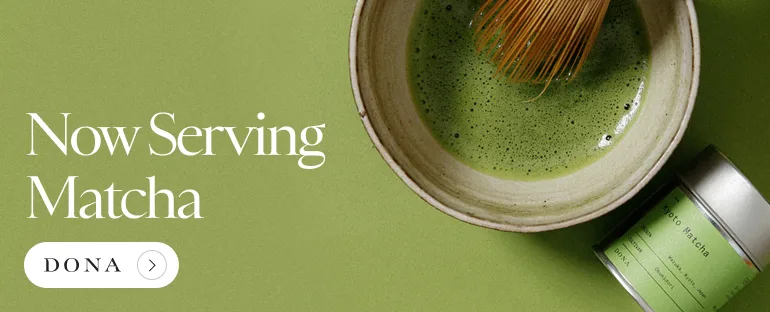



![[digital version] coffee varieties poster 24x36](https://sprudge.com/wp-content/uploads/2023/09/wcr-poster-300x270.jpg)

